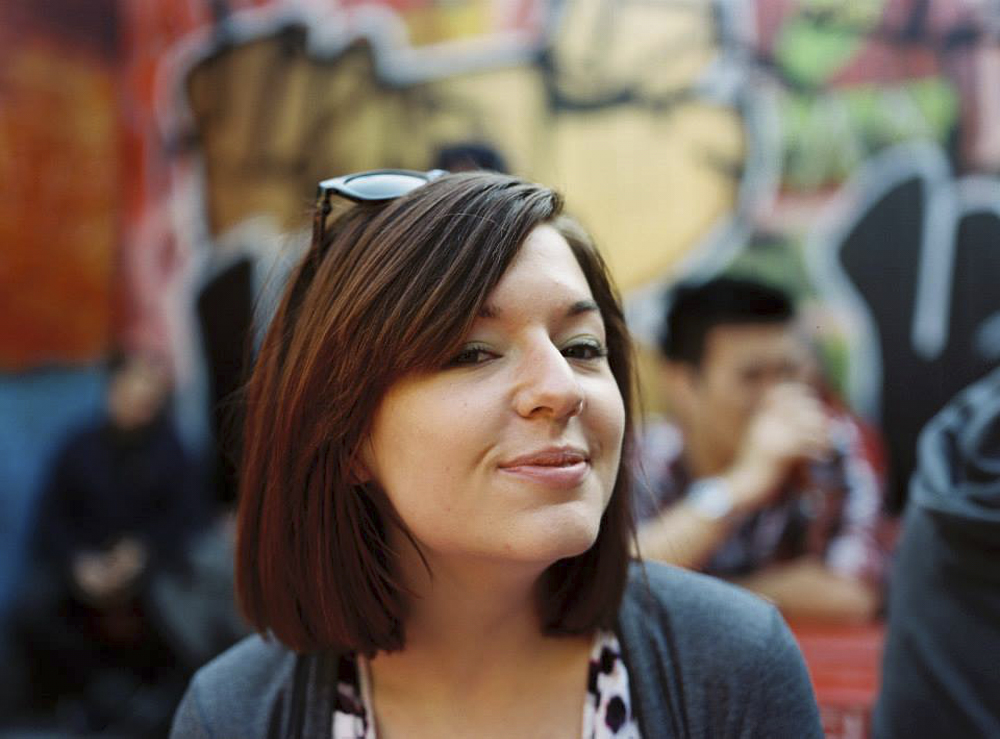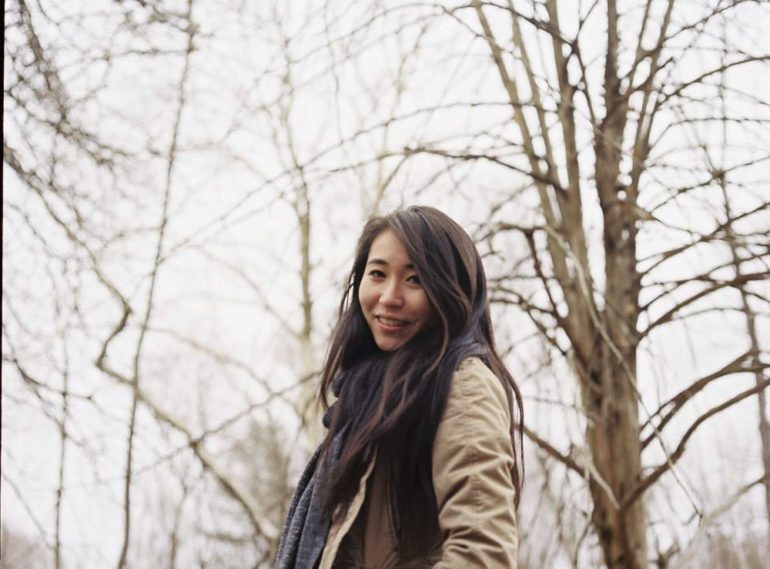The lead image of this blog post features a beautifully scanned negative of Kodak Portra 400. Looks really nice, right? Lots of photographers who get into analog film photography will then go about scanning their images to show them off online. I mean, it’s just what we do. But here’s the truth, it’s incredibly hard to get a GOOD scan. There are scanners that scan to DNG files and TIFFs, but they’re only so good. Why?
Well, think about it: when you scan a negative you’re doing one of these two things:
- Taking a photo of the negative with a scanner
- Taking an HDR photo of the negative
But in the end, you’re essentially editing and profiling a digital photo of your scanned negative. Again, you’re showcasing a digital photo. And in that case, you may as well have shot digital unless you’re using analog for the process–which is more than acceptable.
So let’s clarify: when you edit the scan of your negative, what you’re doing is:
- Editing the color balance of a digital photo taken of your negative
- Fixing the exposure of the digital photo taken of your negative
- Fixing the dynamic range or trying to bring out more from the shadows of the digital photo taken of your negative
When I put it that way, it should make a whole lot more sense.
So what do you do instead? Well, you go into the darkroom and you make a print that way. When you make a darkroom print, you’re going to get more details out of the negative directly. You can burn and dodge as much as you want. When the print comes out, then you scan the print. That’s how you get the most of the film.
Just think about it like this: no digital sensor is honestly going to render the same colors that film will. It’s programmed to do its own thing. This is also one of the reasons why you go and try to get as much right in the camera as you can instead of trying to fix it in the darkroom.



